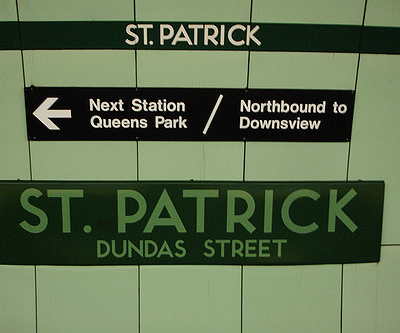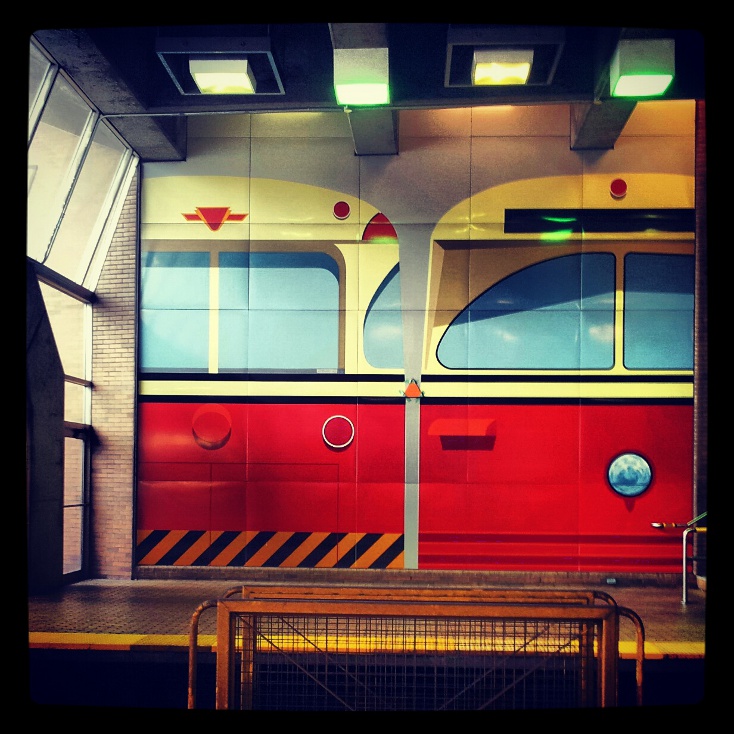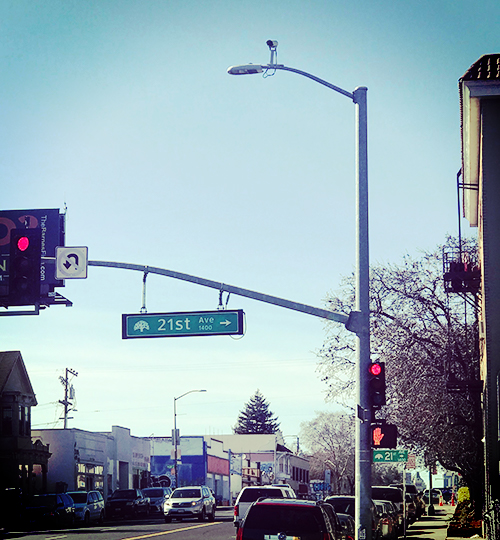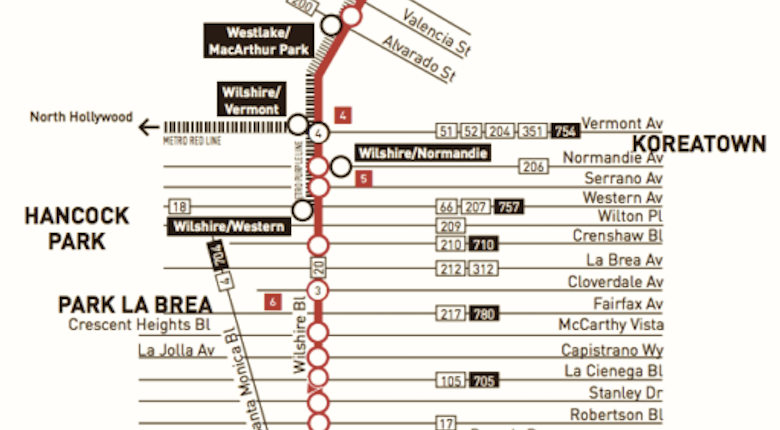By Tasha Oommen
Published on February 11, 2019
For the last five years, five days a week, I begrudgingly drag myself out of bed to travel to work in Downtown Toronto. My morning routine has been timed perfectly. It does not allow for any slack if I want to catch my usual 6:56 a.m. bus. I do not have the responsibility of preparing meals or accompanying children to school in the morning, but from the moment I wake up, I must race through my routine and let out a sigh of relief only when I step onto the bus.
The word “commute” suggests a form of travel that is repetitive in nature, but my daily travel to work is rarely predictable. Although my route remains unchanged overall, certain irregularities make my mornings susceptible to change. I am not alone—while each passenger’s commute is an individual endeavor, the moment we board the train, we are engaged in a collective movement.
Normally when the bus enters Kennedy station, the doors fling open and we rush through, hurrying down the escalator. But not today. When I approach the escalators, I see a woman standing on the left side, blocking the way. A clear violation of Commuter 101. The left lane is meant for passing, similar to the rules of the road. It is not long before someone yells, “get out of the way!” restoring the whirlwind of people rushing down the escalators.

Many of us have specific spots on the subway platform where we wait. The usually stringent boundaries of personal space are relaxed as people concentrate in prime areas that allow for the best access to subway doors. Being an experienced commuter during rush hour in Toronto, I have developed strategies which I employ on a daily basis to make my travel a more pleasant experience. I count the tiles on the wall as a placeholder to align myself with the exact spot the subway doors will open. I have relied on these tiles for several years. They have rarely let me down. As the train pulls into the station, the energy on the platform intensifies as people fold their newspapers, reach out for their child’s hand, preparing to board the train and secure a seat.
Although there are some familiar faces on the train, I can never predict who will sit beside me. Some mornings I choose to sit in a specific area of the train, while on other days, I am forced to take any seat that is available. The composition of the TTC ridership is diverse in various aspects. I notice people wearing uniforms or identification cards that reveal clues about the purpose of their travel. I wonder what my attire and mannerisms suggest. I suspect that my identity is largely ambiguous.
Our destinations, motivation for travel, and perceptions are distinct, yet we travel as a collective ridership. The train facilitates a plethora of micro-mobilities. It is also a fluid space to morph between two realms, a liminal space. My journey is not exclusively a movement through physical space since I travel also through mindscapes. During my morning commute, I orient myself towards my work day. I leave behind pending chores and family obligations associated with home and move into a work state of mind.

The train comes to an abrupt halt and the customer service agent announces that there is a mechanical issue on the train ahead. The unpredictable delay has dampened the mood of a few riders; I hear obscenities and groans. While we wait for the train to move along, I notice a toddler a few seats away from me. Unaffected by the delay we are experiencing, she continues to recite familiar nursery rhymes. This is a welcomed distraction as I can tell that several people nearby are enamored by the child’s charm. A few women nearby offer compliments to her caregiver and impart parenting advice and anecdotes. Public transit has the potential to connect our narratives. As the train begins to pick up pace, I continue to admire the mothers from a distance.
When I emerge from St. Patrick Station and walk the short distance to my workplace, I feel invigorated and ready to tackle the day. The rules of the game I engaged in this morning will hold true tomorrow, as once again, I will weave through crowded platforms and master the rules of daily train travel.
Works Cited
- Jain, Juliet. 2011. “The Classy Coach Commute.“ Journal of Transport Geography 19(5), 1017-1022.
- Löfgren, Orvar. 2008. “Motion and Emotion: Learning to be a Railway Traveller.” Mobilities 3(3), 331-351.
- Lyons, Glenn & Chatterjee, Kiron. 2008. “A Human Perspective on the Daily Commute: Costs, Benefits and Trade-offs..” Transport Reviews 28(2), 181-198.
- Watts, Laura. 2008. “The art and craft of train travel.” Social & Cultural Geography 9(6), 711-726
***
Tasha Oommen completed a double major in integrative biology and health studies and a minor in psychology at UTSC. Tasha is interested in exploring the contrast between volunteer tourism and long-term itineraries and the experience of travel limited by various forms of immobility and disability. She works as a Program Advisor for the Ontario Public Service, where her focus is on residential and community support for adults with developmental disabilities. A person of few words, Tasha enjoys writing and volunteering her time to support community agencies that address various health and social issues in the community.



I found your discussion of your daily commute to be extremely insightful. Although commonplace activities like traveling to work are often times taken for granted and overlooked, your story highlighted the dynamic, interesting environment produced by the individuals around you. In this way, each experience of travel is unique despite the fact that such travel occurs at the same time/place every day. I also appreciated your discussion of the differing points of view among passengers traveling along the same route. This reminded me of the concept of “throwntogetherness” because each individual comes from a different background, yet each person’s path intersects at the train station. Therefore, as you pointed out, the train station becomes defined by the people within it.
I enjoyed your description of public transport as a liminal space – one that exists somewhere between our conscious and subconscious minds. As one’s commute becomes increasingly routinized, the individual stimuli which make up this daily movement become blended and fade into the background. When I commuted to work via bus this past summer, I found that as soon as I sat into a seat I would “zone out”, feeling safe and sure of my direction from the moment the bus driver pressed on the gas. To have public transport as a personal safe space is a privilege no one should take for granted, which is why it can be good to “zone in” every once in a while and pay attention to the minutia of the social ecosystem around you.
I really enjoyed your piece on transportation and how it can be a routine amongst many other routines. It was interesting to read your thoughts on how what we typically define as a “routine” schedule can come with detours that carry impacts in the most minimal way. I believe this piece is a call for readers to be more cognizant of the environment we leave in and stray away from turning what could be small adventures to routine tasks. Being aware of where we are and what others do gives us more insight into how everyday individuals function, which is very intriguing.You definitely point this out when you talk about how the uniforms or key cards people wear give a sneak preview as to where their destination is. It is subtle things like such that make it fun to live more in the present as opposed to being sucked into the cycle of repetitive behavior. Public transportation is one of many means of exploring human experiences without having to directly ask someone their narrative. In all, your message rings loud and clear, and I may have to follow you up by doing my own public transportation awareness experiment,
I enjoyed reading your story because the entire experience you described feels, recently, very relatable for me. Over this past summer, I spent a few months living in Brooklyn. I have never lived in a city where I had to rely on public transportation before. Public transportation, learning “commuter rules,” and a different experience of commuting became a new addition to my every-day life. First of all, I felt that your introduction immediately drew me in, your opening sentence is one that all readers can relate to at some point in their lives. I enjoyed your inclusion of collective ridership and mindscapes. After reading your piece, I reflected on how the theme of predictability and routine plays a key role in commuting; it provides a sense of comfort, and like you wrote, when the train’s unpredictable mechanical issues occurred, some commuters were upset. I also really enjoyed how you highlighted public transportation as a “space to connect narratives.” Overall, your story was interesting, relatable, included solid examples as support, and weaved in important concepts and themes.
Thank you Tasha for sharing this journey so vividly. As a Torontonian, I can completely visualize the route, movement and the specific routine that you follow. As I was reading your piece, there was an idea that stuck out to me. It was the the line where you wrote, “I can never predict who will sit beside me. Some mornings I choose to sit in a specific area of the train, while on other days, I am forced to take any seat that is available.”. This was interesting to me because this made me think about who has the privilege of sitting where they please on a bus or train, opposed to who is bound to a specific location. For example, a well put together white female more or less has the luxury of sitting wherever she chooses. Whether it be beside an African American, a child, a grandmother, or even alone. The general population will not bat an eye at her physical location as she seems un-harmful. However, if a hooded black man were to enter a bus or train, his options become seemly slim, if he were to think about his perception from others. Choosing to sit beside a child, or grandmother may come with a few judgemental stares or even a shift in movement away from the man.
This is an extremely interesting and vivid story, thank you Tasha for sharing your narrative. I really agree with what you said about collective ridership. As a part of this world, we can hardly travel solely by ourselves since every passenger or traveler along our way would constitute some parts of our journey as well. Especially in the busy mornings, changes occur to any other passenger could substantially alter our route or day. I have personally experiences such busy mornings myself when I had to take the subway in Beijing at 9am. Every morning I felt like I was going to war; squeezing myself onto the subway was the biggest victory every day, but that was just the beginning. I had to stay alert and prepare myself two stops before my destination, then started squeezing and navigating myself through the crowd towards the subway door. If I were too slow, I wouldn’t be able to get off the subway. During those mornings, I realized what you articulated as the collective ridership. Subways in Beijing are way more crowded, and each passenger has to stand next to each other’s skin, generating an extremely close proximity that can be hardly shared in other situations with strangers. Thus, I do believe that we formed a close collective ridership on the subway, each passenger has the power to influence others and together we share a similar experience from which some weird intimacy emerges.